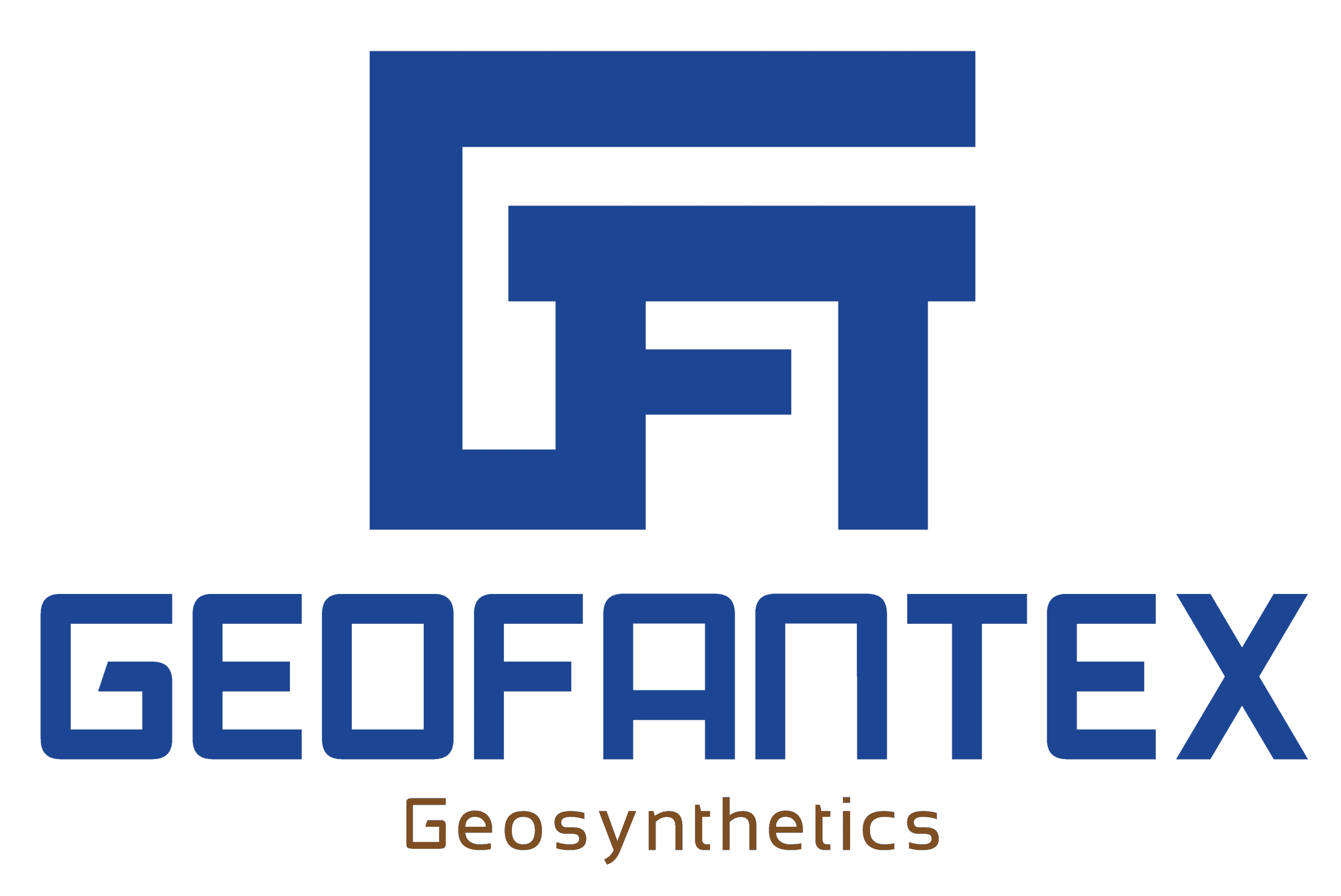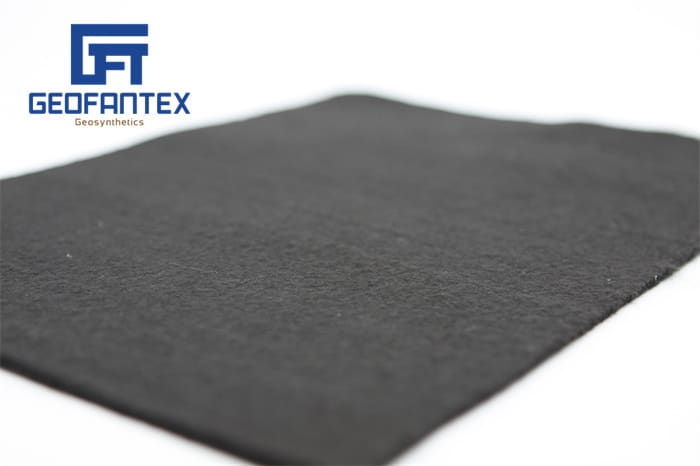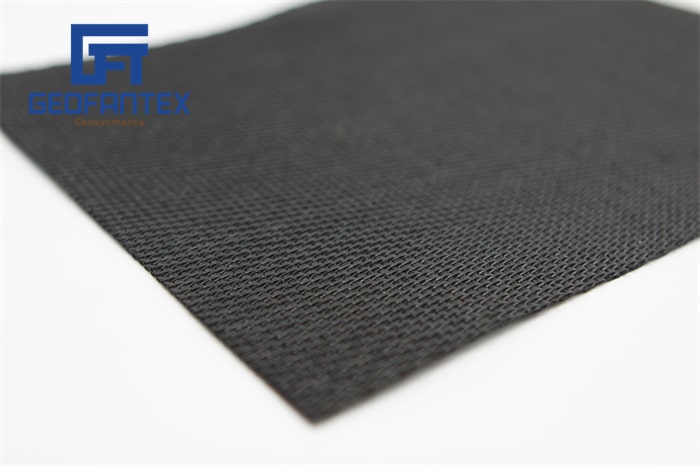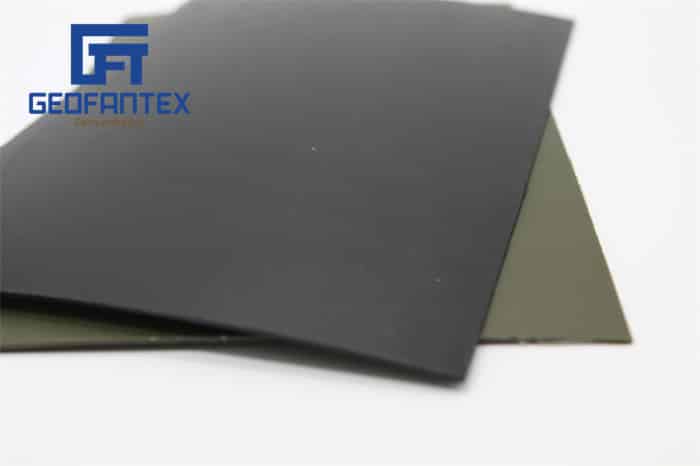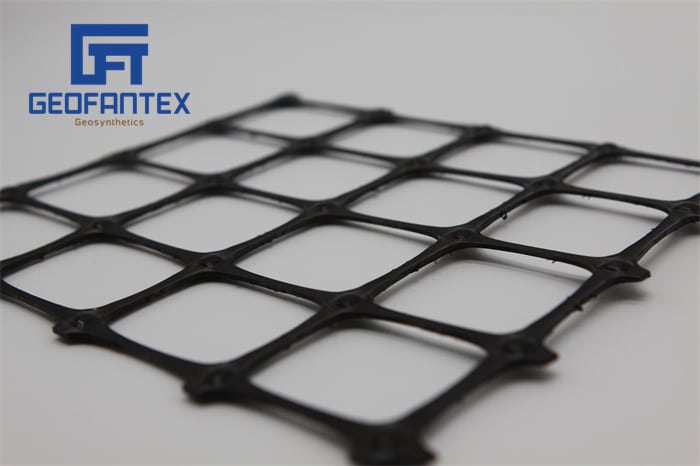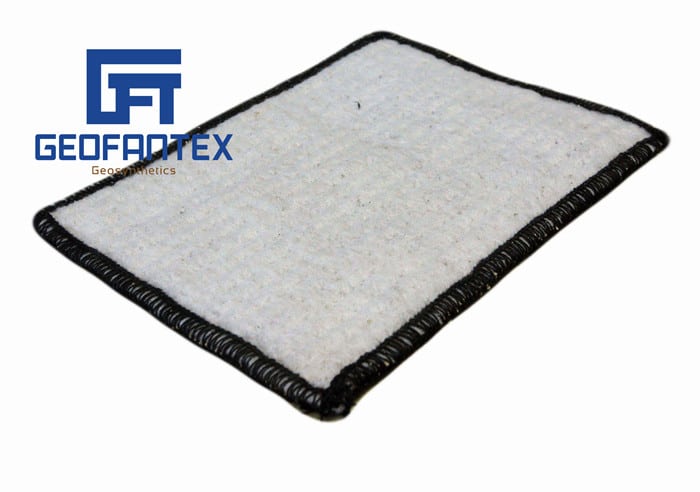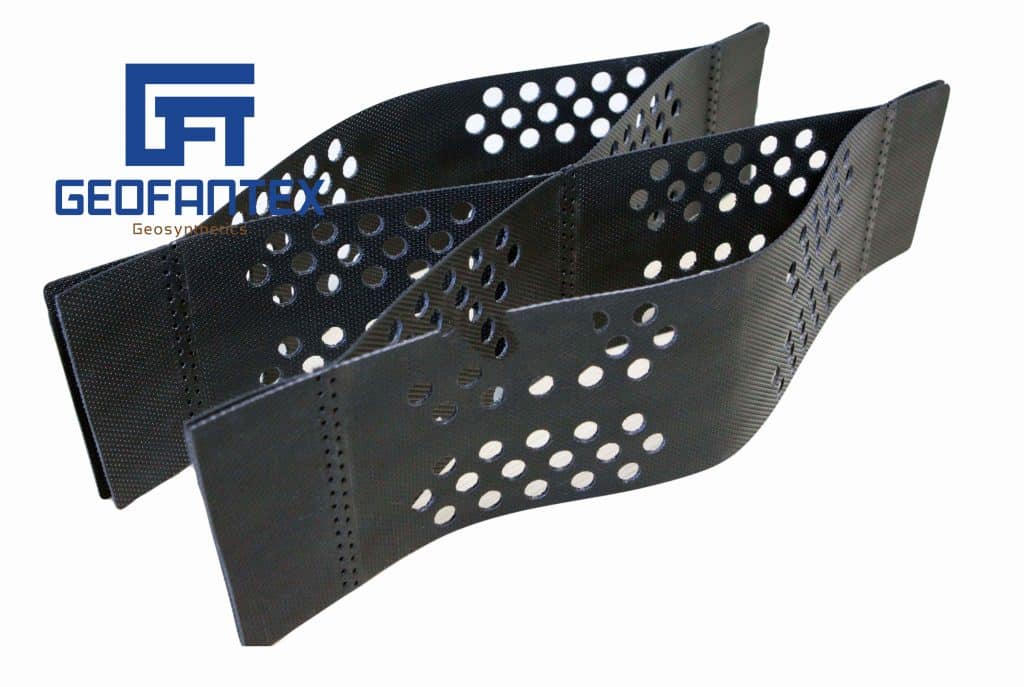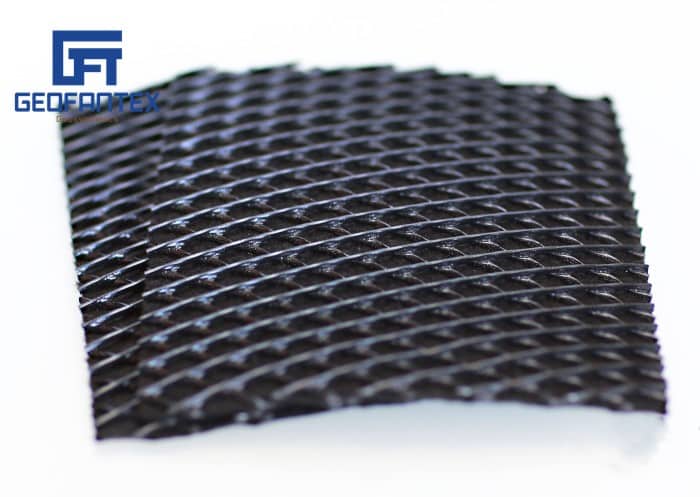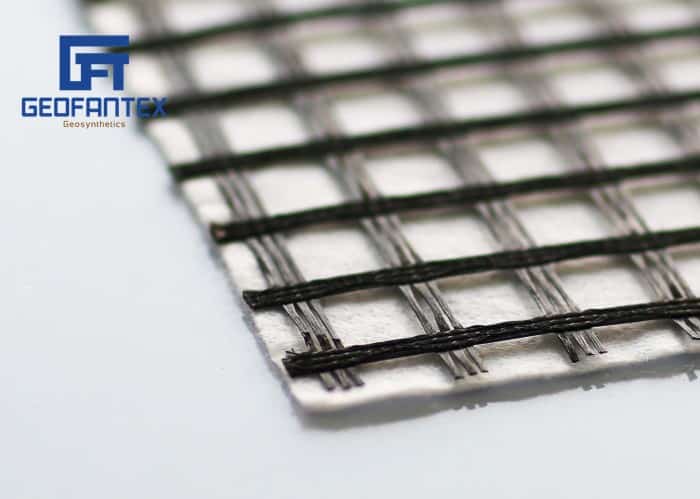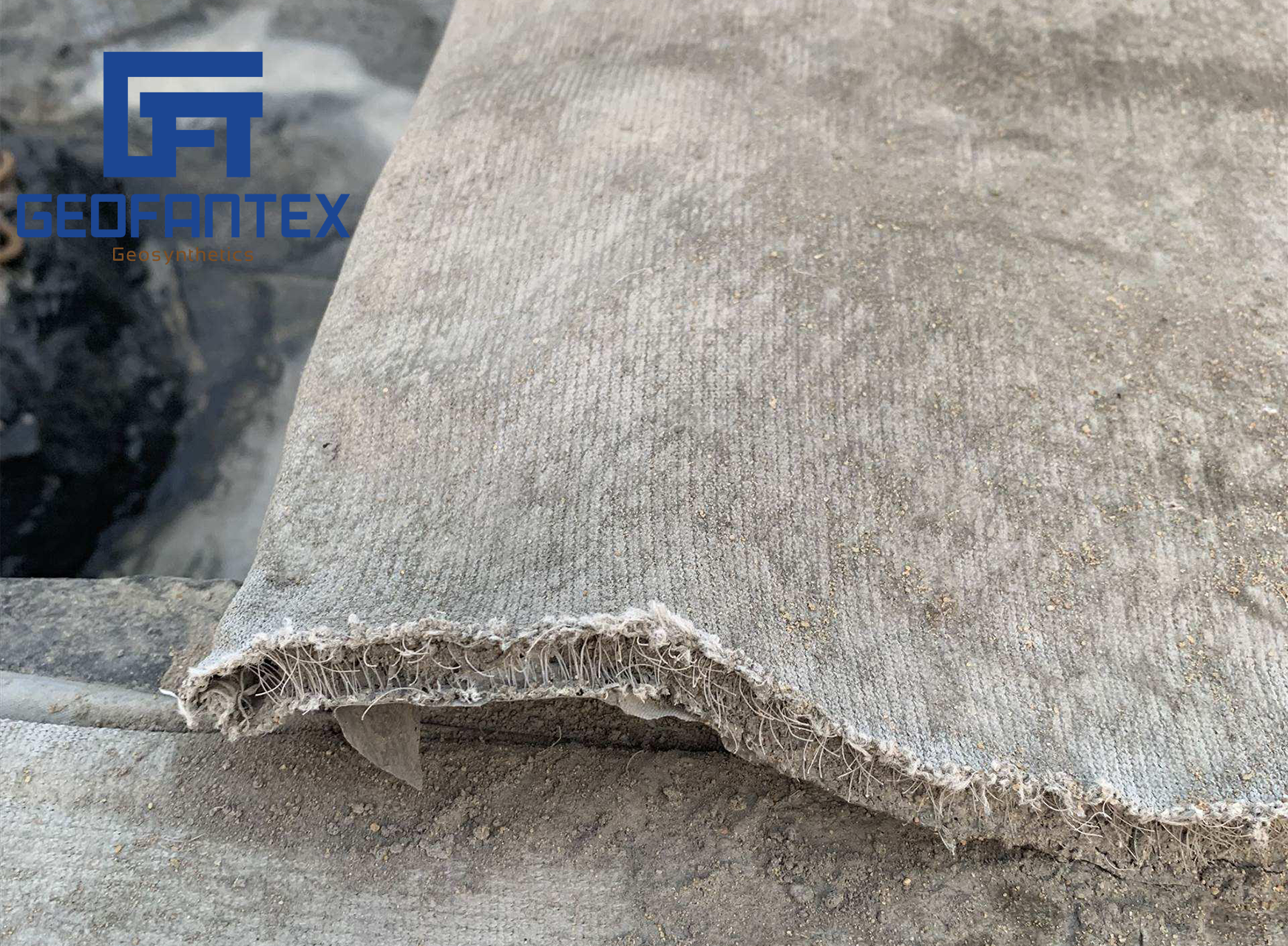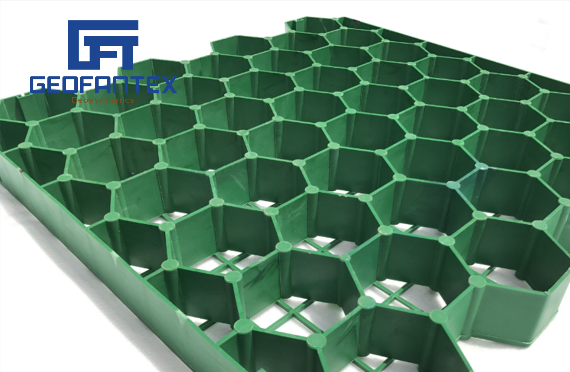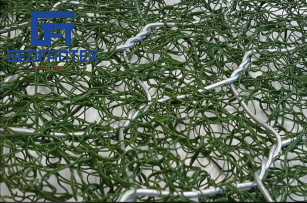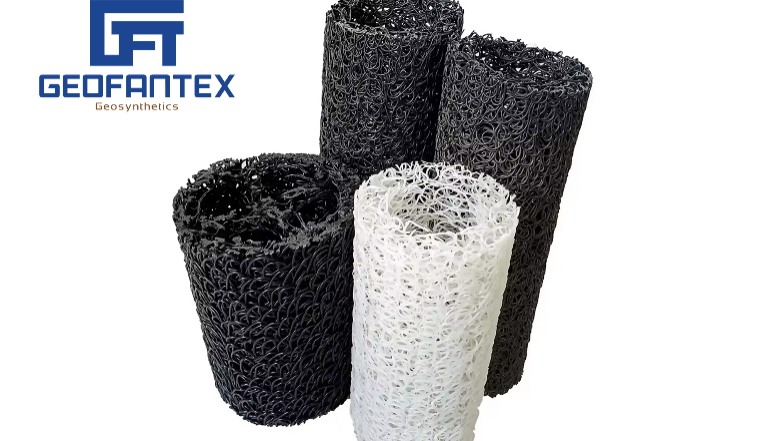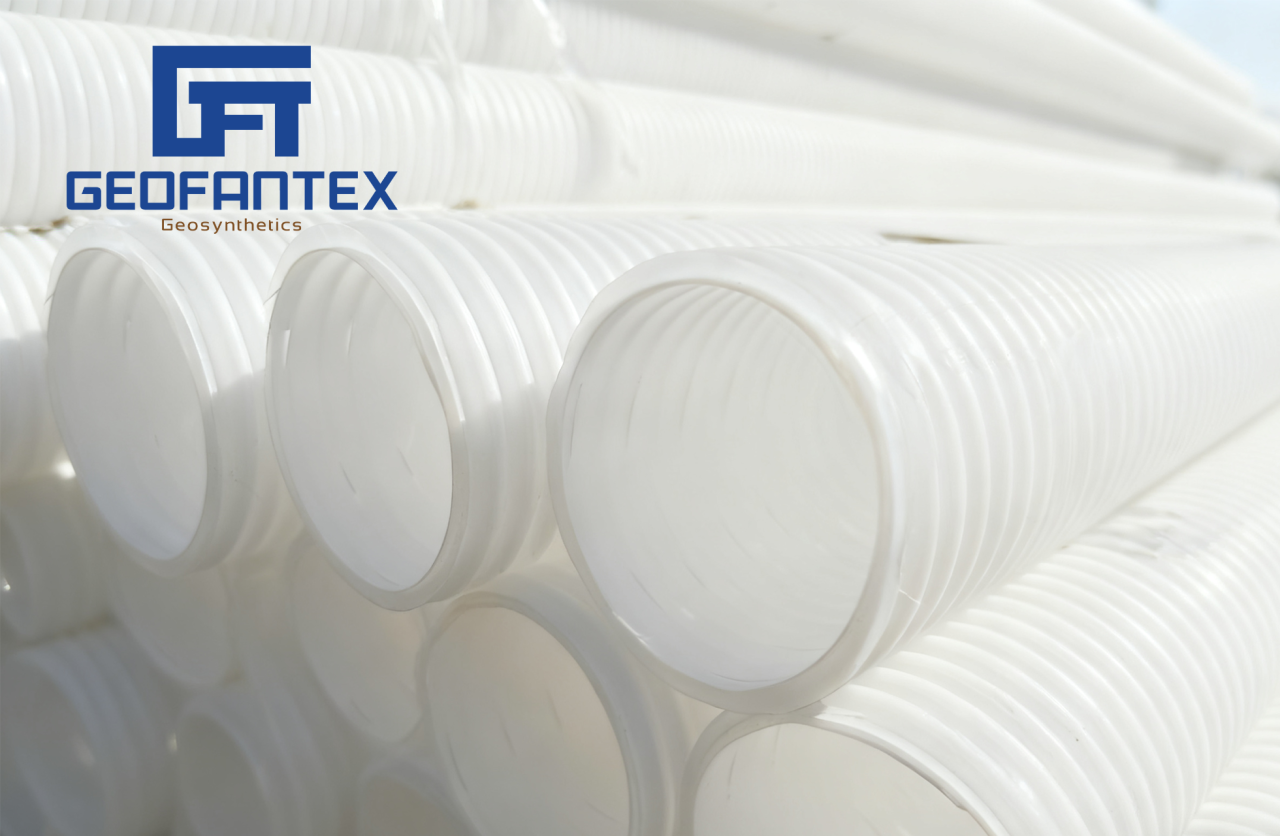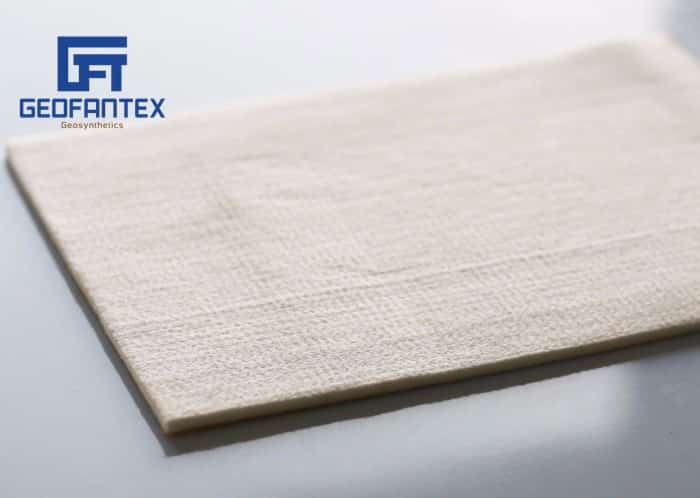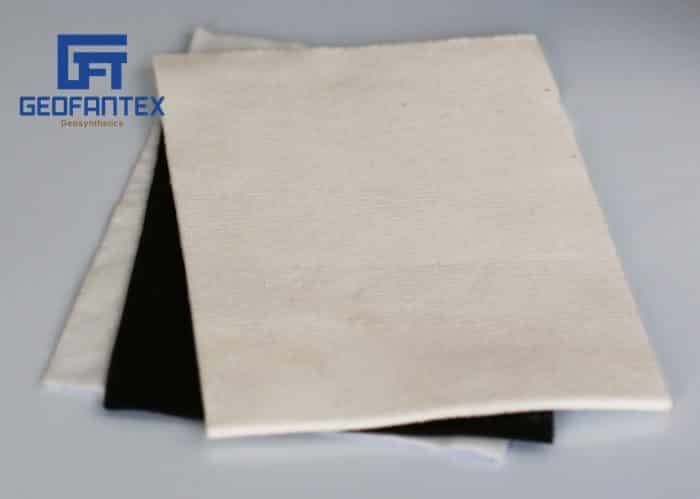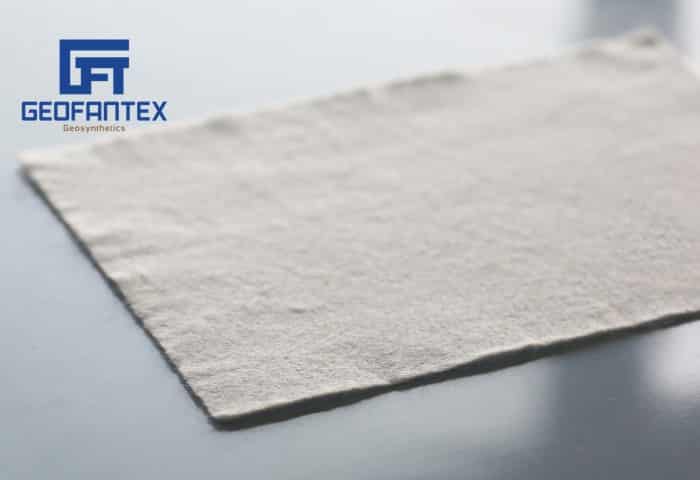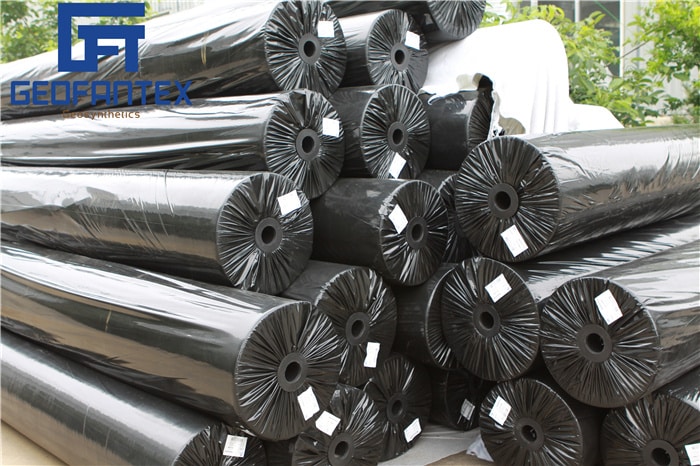+86-159 9860 6917
info@geofantex.com
geofantex@gmail.com
+86-400-8266163-44899
The geonet drainage mat has become an essential solution in geosynthetic engineering for managing subsurface water flow in infrastructure and environmental projects. Its efficient drainage capacity, durability, and ease of installation make it an ideal component in landfill lining systems, retaining wall backfills, and green roofing systems.
What is a geonet drainage mat, and how does it work?
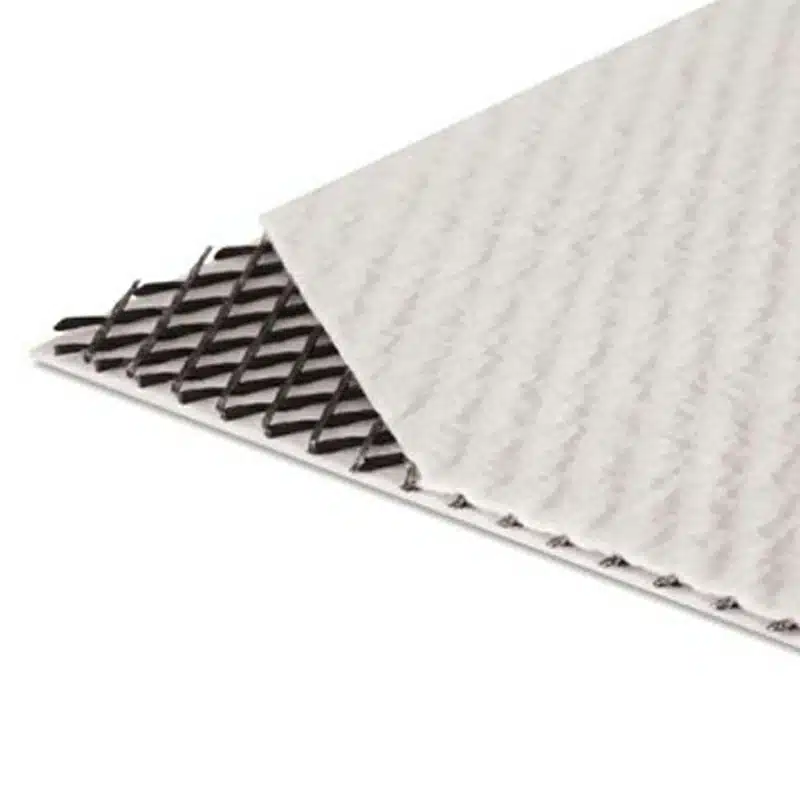
A geonet drainage mat is a composite geosynthetic product typically consisting of a high-density polyethylene (HDPE) geonet core sandwiched between geotextiles. Its primary function is to provide a reliable pathway for water or gas flow while preventing soil intrusion. The geonet core features a tri-planar or bi-planar structure that allows efficient drainage even under high compressive loads.
In applications such as landfills or roadbeds, the mat prevents hydrostatic pressure build-up, extending the life and performance of the structure.
Where is geonet drainage mat used in civil engineering?
These mats are widely applied in:
- Landfill leachate and gas venting systems
- Retaining wall drainage
- Roadway sub-base drainage
- Green roofing systems
- Tunnel and foundation waterproofing
According to a report by MarketsandMarkets, the global geosynthetics market is projected to reach USD 17.2 billion by 2027, growing at a CAGR of 6.5% from 2022 (Source: MarketsandMarkets, 2023). Among these, drainage applications represent a significant and growing segment due to stricter environmental regulations and urbanization trends.

What are the advantages of using geonet drainage mats over traditional drainage materials?
Compared to gravel or sand-based drainage layers, geonet drainage mats offer:
- Higher flow capacity per unit thickness
- Lightweight and easier installation
- Reduced transportation and labor costs
- Improved consistency and long-term performance
- Compatibility with other geosynthetics in multilayer systems
A study published in the Geosynthetics International Journal shows that geonet mats can reduce installation time by up to 40% in landfill projects (Source: Geosynthetics International, 2022), proving their economic and operational value.
How are geonet drainage mats tested for performance?
To ensure quality and performance, geonet drainage mats undergo:
- ASTM D4716: Constant head transmissivity tests to evaluate flow rate
- ASTM D1621: Compressive strength testing
- ASTM D638: Tensile properties for durability under load
- Creep testing: Long-term deformation under pressure
These tests simulate field conditions and ensure the mats meet regulatory and structural requirements for specific project needs.
In conclusion, the geonet drainage mat is a high-performance geosynthetic solution, playing a crucial role in modern infrastructure resilience and sustainability. Its wide applicability, supported by industry data and technical standards, underscores its importance in both civil and environmental engineering.
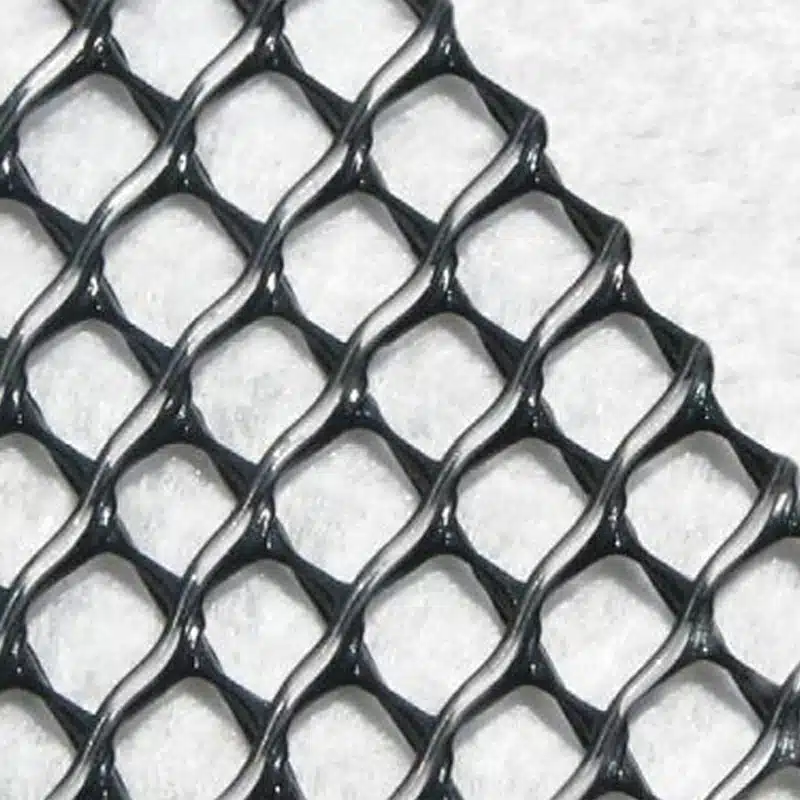

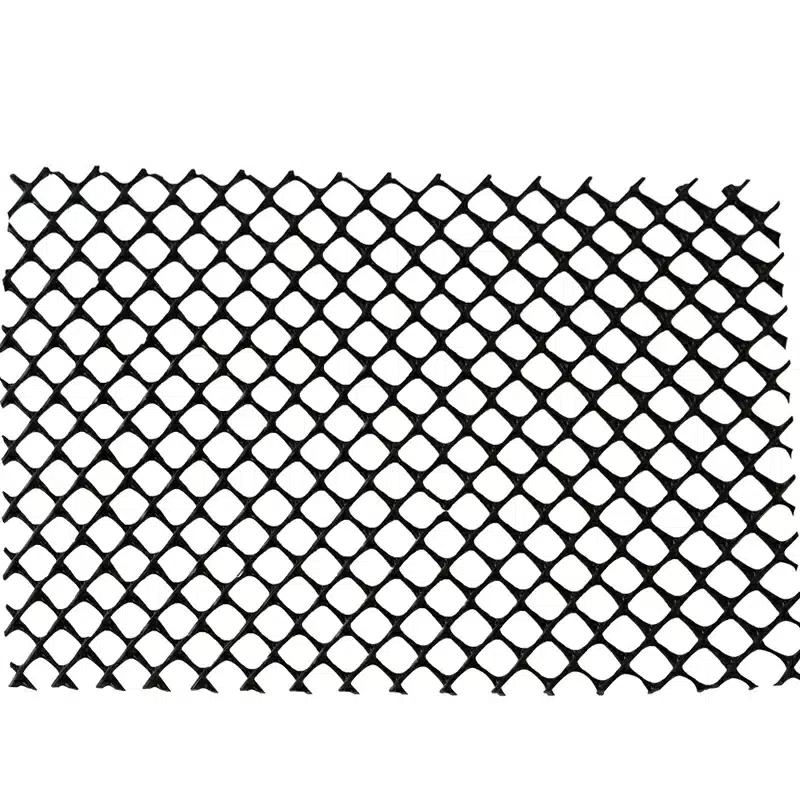
Get Free Sample
We’ll respond as soon as possible(within 12 hours)
